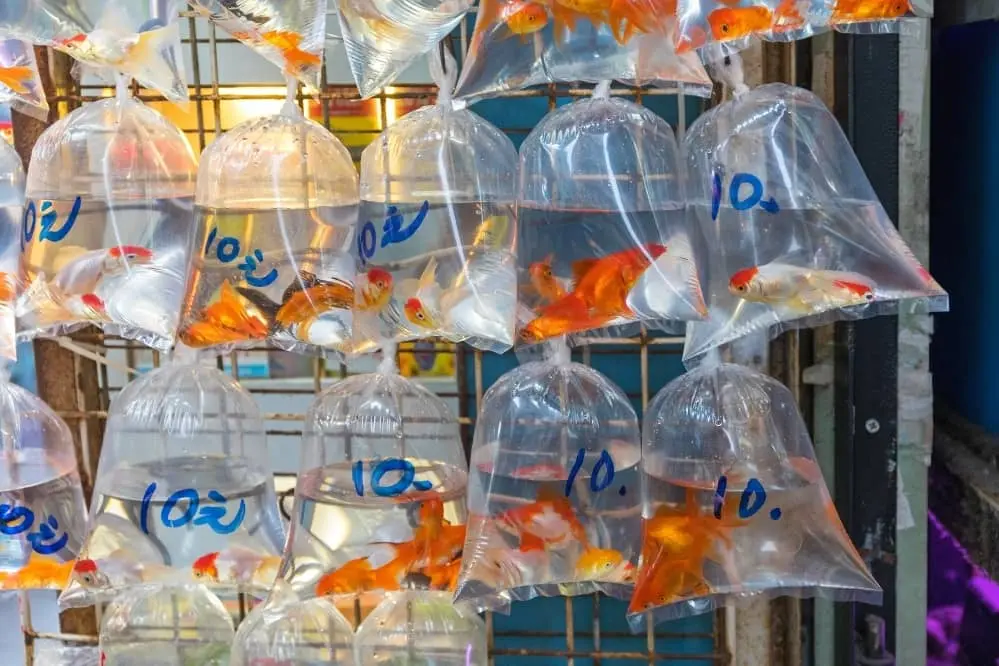How Long Can a Fish Stay in a Bag?

If you’ve bought a fish to place in your aquarium and you’re on your way home, you may be wondering how long your new fish can remain in that bag before something else has to be done with it. As a general rule, fish need to be transplanted into an aquarium within seven to nine hours of purchase, which means you don’t have much time to get it to its new home. If the water is clean and the bag is secure, you may be able to stretch that out to 12 to 24 hours, but the sooner you get the fish into its new home, the better it will be for them.
5 Tips to Keep the Fish in the Bag Longer
There are really only a handful of ways to keep a fish in a bag filled with water a little longer, but below are a few of them.
1. Do what you can to keep the fish still
Fish that are “excited” or stimulated in some way will use up far more oxygen than fish that are just idly swimming or relatively still. While you’re transporting the fish, and even once you get them home, make sure that they don’t get overly excited because this will decrease the amount of oxygen in the bag and may cause problems.
2. Don’t place more than one fish in the bag
The more fish in the bag, the less oxygen for them to breathe. This is true especially if the bag size is small. In this case, you’ll need to either switch to a bigger bag or go ahead and place the fish into their permanent home. Remember that keeping fish in bags is meant for a short-term solution, not a long-term one. If you’re going to keep fish in a bag longer than usual, they’ll need as much oxygen as they can get, which usually means a bigger bag.
3. Signs of illness and/or infection
Things that may indicate problems include uneven edges on the fins, foggy eyes, a body with red streaks or white spots, and anything that looks fuzzy on the fish’s body. These are usually signs illness or infection.
4. Make sure that the water is healthy
Keep the ammonia levels at 0 ppm (parts per million). If you intend to keep fish in a bag for a while, test the ammonia level and make sure that it is at 0. Bacteria usually eat the ammonia that’s in water, but it’s possible for ammonia level to rise. If the ammonia level in your water gets above 0, the fish can die.
Keep the other levels at the right number as well. The nitrite level should be at 0 ppm and the nitrate levels should be below 40 ppm. Remember that partial water changes can change the nitrate levels and get them right again.
5. Make sure that you have enough oxygen in the bag
You should aim for the bag being one-third filled with water and the rest oxygen. If your bag has too much water in it, there won’t be enough oxygen for the fish to breathe properly. You can try dumping out a bit of the water so that there is more air than water in the bag. The one part water to two parts oxygen recommendation should work for most fish.
Conclusion
Although there are things that you can do to increase the amount of time that fish remain in a bag and still be safe, it is still much better to place the fish in their new home as soon as possible. The longer you keep them in a bag, the more likely something can go wrong, which no fish owner wants.




0 Comments